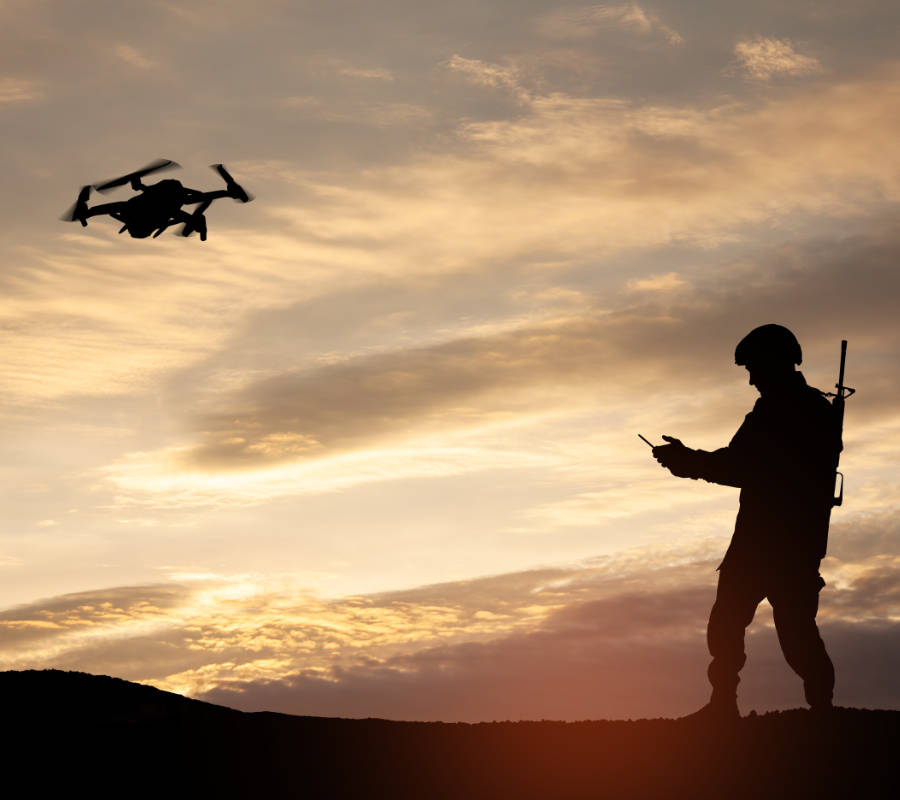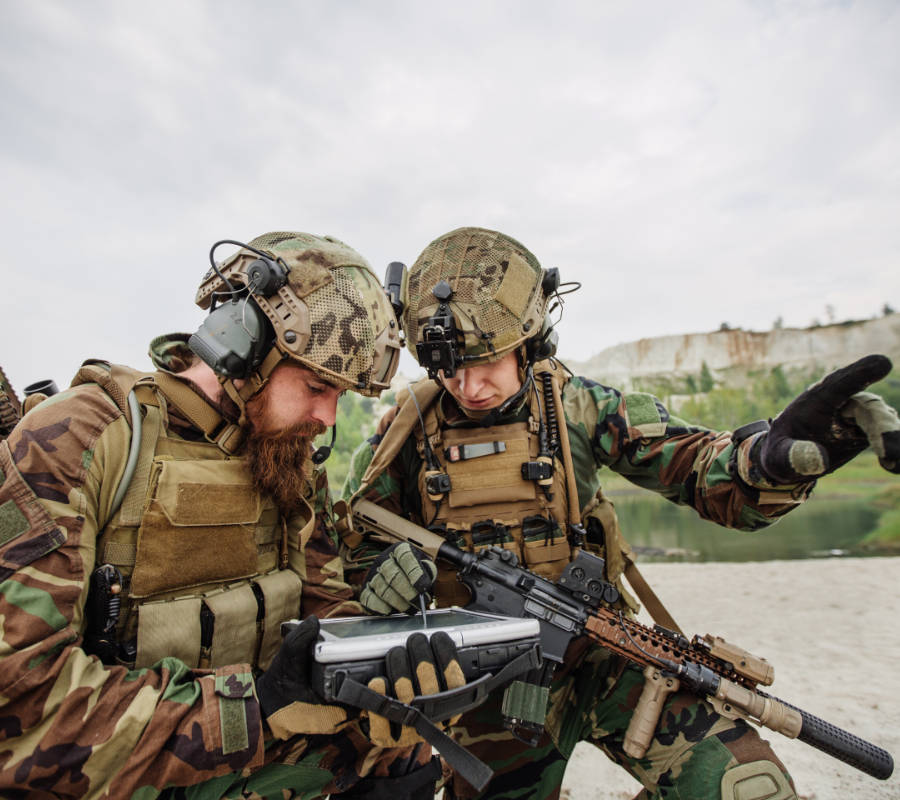Polaris Sensor Technologies, Inc.
Polaris Sensor Technologies, Inc.

The technology currently used for tracking and pointing in critical airborne targeting applications relies on processing optical images and data from inertial measurement units. This helps reduce the shakiness in the images. However, image processing often involves filters with known issues. These filters are not well-suited for targets that move in a non-linear way, like those seen in a jittering image stream.
A new and improved image processor has been developed using the Particle Filter Algorithm (PFA). The enhanced PFA is attractive because it inherently handles nonlinear target movements. The upgraded PFA aims to be faster, minimize shaking, and lower the Signal-to-Noise Ratio (SNR) of detectable targets by including various preprocessing components.

The Bloodhound tracker software is used in a next generation acquisition and tracking sensor (ATS) for
• High Energy Laser Kill Weapon Systems
• Counter-Cruise Missiles
• C-UAS (Unmanned Aerial Vehicles)
• C-RAM (Rockets, Artillery, Mortar)
Bloodhound works day and night, whether the sky is clear or has lower visibility conditions. It uses a dual waveband, Mid-Wave InfraRed (MWIR) and Long-Wave InfraRed (LWIR), HD focal plane array for optimal operation anytime.
In clear sky conditions, Bloodhound tracking relies on the MWIR waveband where track robustness and acquisition range are optimal. In haze, fog, clouds, and rain, it operates in the LWIR waveband.
The tracking software allows tracking against complex backgrounds such as terrain and clouds. The software can now track up to 4 objects at one time and effectively discriminate between the objects as they cross each other’s paths.
The High Energy Laser (HEL) Mobile Demonstrator is a useful system for countering rockets, artillery, and mortars (RAM), and it could also be effective against Unmanned Aerial Systems (UASs). However, its ability to acquire and track targets is limited in bad weather.
Polaris is looking into different ways of sensing, particularly in the infrared range, to enhance the HEL system's ability to acquire and track targets in unfavorable weather conditions. We are studying atmospheric propagation models and working on additional models to understand how atmospheric and weather conditions affect RAM signatures. The focus of our efforts is on using polarimetric sensing to improve the ratio of the target signal to the background.
Countering Unmanned Aerial Systems (UASs) is becoming more challenging because there are many different threats. The control systems of these systems keep changing, which makes it harder to detect, identify, and track them. We need a strong and dependable way to go through these steps in the process of neutralizing the threat.
Polaris proposes improving the optical signatures over that of standard sensors by using cameras that are sensitive to polarization. These cameras work across a range from visible to long-wave infrared (LWIR). This gives us a sensor suite that can sense in different ways and across different spectrums, allowing us to use algorithms that make the most of these capabilities for better contrast and improved performance in detecting, identifying, and tracking UASs.
In clear sky conditions, it relies on the MWIR waveband, and in haze, fog, clouds, and rain, it operates in the LWIR waveband. The tracking software allows tracking against complex backgrounds and can track up to four objects simultaneously, effectively discriminating between them.
UASs present various threats, and their control systems continually evolve, making it harder to detect, identify, and track them. A robust solution is needed to effectively neutralize these evolving threats.
Polaris is here to help you solve challenging problems with cutting-edge technology. We will design, develop, and manufacture the solution you need to complete your mission.